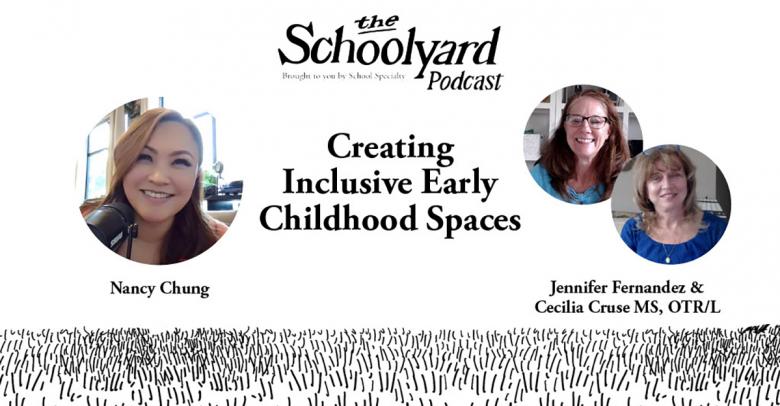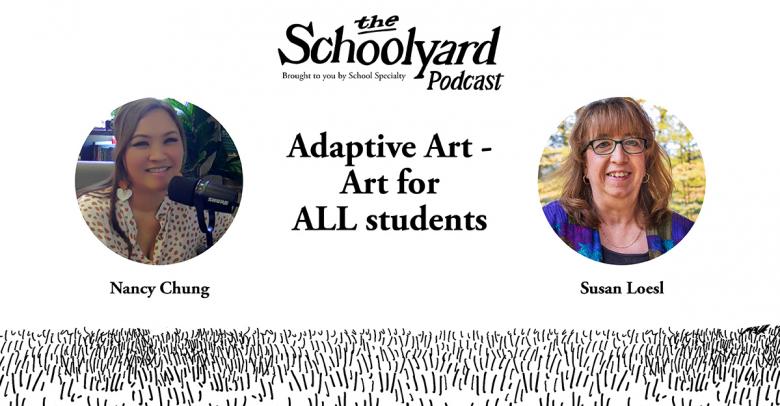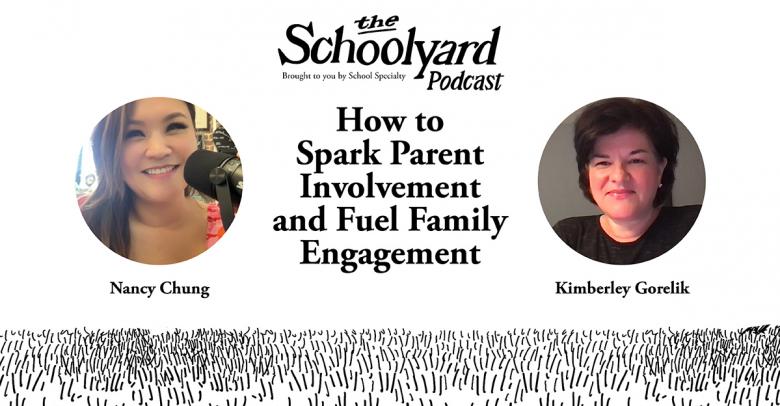Recently, one of my colleagues wrote a social media post stating that he missed the in-person time with his customers, who are, of course, teachers, therapists, administrators, and other educational staff in the school environment. I have also heard from educators who discuss how much they miss their students in these times of extended remote learning. Both mentioned that they missed hugs—and from an Occupational Therapist perspective, I know that behind the art of a good hug, there is powerful sensory processing going on via the proprioceptive system.
Our proprioceptive sense is information from our muscles and joints that give us awareness of our body in space and help promote body awareness and self-regulation. One of the ways this system is activated is through deep touch pressure… like a hug! Research indicates that a 20-second hug can activate a chemical in the body called oxytocin, which is known as a bonding/calming hormone. In addition to increased oxytocin levels, a sustained hug has been shown to help reduce blood pressure and cortisol (the stress hormone), increase happiness, lower stress, and improve relationships and connections.
Additional research on the effects of oxytocin on the brain in individuals on the autism spectrum indicates it may be helpful in the regulation of social skills tasks. So it’s no wonder teachers love giving hugs to their students, and the students benefit as recipients!
When a hug is not timely or appropriate, other forms of proprioceptive input may be helpful. These include:
- Teach the child to be their own advocate for self-regulation:
- Crossing the arms, give the shoulders a squeeze while pulling down.
- Do chair push-ups. Sit at the edge of the chair. Place hands at thighs, then push down with the arms to lift the feet off the floor a few inches. Repeat.
- Wall push-ups. Lean both hands into a wall with arms straight. Place one leg back like a runner’s stretch and push hands into the wall. Repeat with the opposite leg.
- Push hands together at midline like a prayer or yoga pose. Push and hold for 5 seconds. Relax and repeat.
- Add heavy work activities into the daily schedule:
- Carry the groceries bags in from the car.
- Pull a heavy wagon or push a wheelbarrow in the garden.
- Help carry out the trash.
- Sweep the floor (you can wrap an ankle and wrist cuff weight at the bottom of the broom or mop for extra heavy work input!)
- Use a weighted lap pad for seatwork.
- Consider furniture options that may help provide deep touch pressure and spatial boundary definition, such as bean bag chairs, portable floor sitters, or an air compression pod.
Remember, proprioceptive input is good for EVERYBODY! As educators, therapists, parents, and caregivers, we need to take care of our own bodies as well! Give and get hugs where you can (safely!), and give your own body a good proprioceptive workout via yoga, lifting weights, swimming, or snuggling up under a weighted blanket.
Cecilia Cruse
Cecilia Cruse, MS, OTR/L has a BS degree in Occupational Therapy from the University of Florida, and her Master’s degree in Education from Georgia State University. She is SIPT certified and has over 25 years’ experience in pediatrics with school-based services, acute care, and outpatient pediatric settings.
Read more posts by Cecilia Cruse–>







Leave a Reply